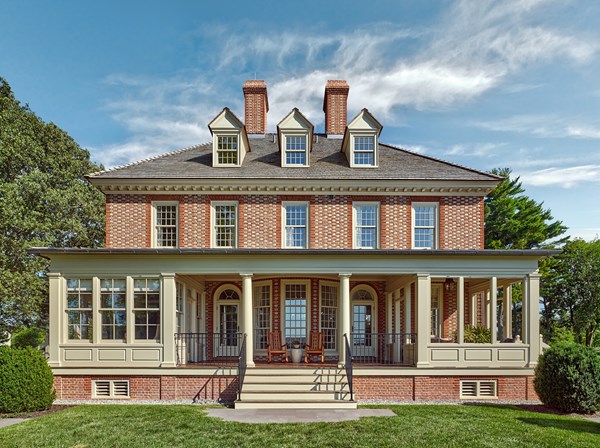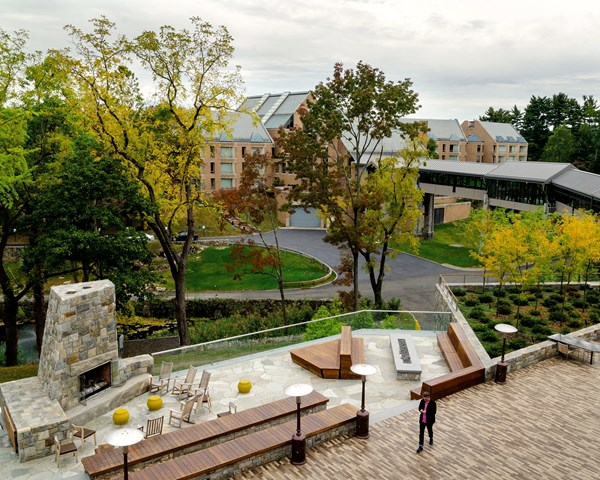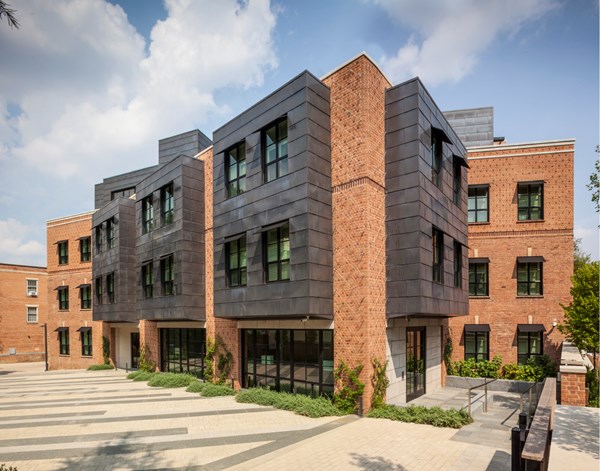
[Image above] Kinsley, Oxford, Maryland; BIA, Don Pearse Photographers Architectural Photography
Behold the clay brick.
Clay bricks have an interesting history. They are one of the oldest building materials, dating back to 7000 B.C., when they were first made out of mud and clay and dried in the sun. Fast forward to today, when fired clay bricks are mass produced and the industry—now worth $6 billion—is enjoying small but steady growth.
We’ve come a long way since those mud bricks. Now, designers and architects are competing in design contests using clay bricks as their medium.
The Brick Industry Association (BIA) recently announced the winners of its annual Brick in Architecture Awards Competition. The competition honors architects and design firms for “outstanding and resilient design that incorporates clay brick,” according to the organization’s press release.
Held since 1989, the BIA-sponsored competition provides opportunities for architectural and design firms to show off their latest projects, which, for the 2017 competition, must have been completed after 2012, according to contest rules. Entrants can submit photos of their work in any of 10 categories, which include commercial, education, health care, residential, landscape, government, and houses of worship.

GE Management and Development Institute, Ossining, New York. Credit: BIA; Frank Marie
“The winners demonstrate brick’s aesthetic flexibility, and its integral role in any sustainable, low maintenance and durable building strategy,” Ray Leonhard, BIA president and CEO, says in the press release.

Dumbarton Oaks Fellowship House, Washington, D.C. Credit: BIA, Robert Creamer
This year’s competition generated nearly 100 entries, with Best in Class, Gold, Silver, and Bronze awards presented to design firms in eight categories. Judges for the competition were last year’s winners.

The Aston, Washington, D.C. Credit: BIA, Maxwell Mackenzie
“Since 1989, BIA’s annual Brick in Architecture Awards Competition has been the hallmark competition devoted specifically to genuine clay brick,” Stephen Sears, BIA COO, writes in an email. “The competition has shown how this modular fired clay unit can be adapted to almost every application and architectural style—ranging from Georgian to craftsman to Victorian to contemporary. And because it’s brick, the projects look fantastic for many decades—if not longer.”
Check out all the winners in the photo gallery here, and watch the Best in Class video here.
Congratulations to all winners, and we look forward to reporting on next year’s competition!
